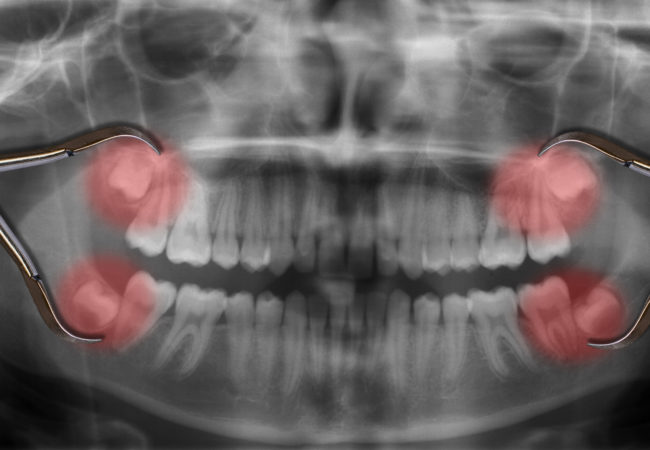Wisdom teeth are as a set of molars which develop in most people in their early twenties or the late stages of teenhood. These set of teeth can become very useful to the mouth; however, most of the time, they grow out misaligned and consequentially warrant their extraction. These teeth can also sometimes partially break through the gum, which leaves an opening for the entrance of bacteria leading to infections. These infections result in swelling of the gum, pain, decay, etc. since partially erupted teeth are hard to brush or floss. Some dentists would recommend the extraction of these defective wisdom teeth; however, there are alternatives around this action, which will eliminate the stresses and anxiety of wisdom teeth removal. Some of these alternatives include;
Endodontic treatment- this procedure is also referred to as root canal. In a tooth, there is the presence of a tissue known as the pulp, which has nerves and blood vessels. This pulp is found deep beneath the enamel and is responsible for the growth of the tooth root as it develops. Once the tooth is developed, it can do with or minus this pulp; therefore, the endodontists will use their specialized equipment to bore an opening through the enamel and dentin to access the pulp section of the tooth. A fluid is then inserted through the opening to kill bacteria, which is infecting the tooth and help to wash out the debris. The pulp is then carefully removed, and the remaining spaces shaped and filled to close the opening. It is advisable to see your dentist after this procedure; however, teeth which have gone through a root canal can stay for a lifetime eradicating the stresses and anxiety of wisdom teeth removal in the future.
Tooth root amputation- this procedure is also known as dental resection and is a technique which is employed to maintain a healthy section of the tooth, especially if the root is the only damaged area. It is highly likely that the infection from an infected root will spread to the gums of the teeth. The periodontist will, however, have to cut through the gums to access and cut off the infected root while leaving the uninfected crown and root sections intact. The stability of the tooth will after that be reestablished via the necessary restoration techniques i.e., filling.
Medical intervention- partially erupted wisdom molars expose the openings through which bacteria can access the tooth leading to various infections. This, however, does not mean the tooth has to be extracted, especially with the stresses and anxiety of wisdom teeth removal, which many people go through. Antibiotic drugs prescribed by the dentists can manage infections. Pain which is felt as a result of tooth infections can as well be taken care of using relevant over the counter drugs
Conclusion
Even though the removal of these teeth can be avoided, there are situations when removal of the tooth cannot be avoided. This includes cases when the tooth is pushing against other adjacent teeth causing pain or even cavities, among other damages to the patient overall oral health.


